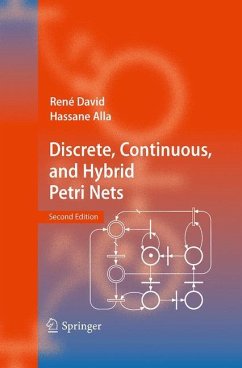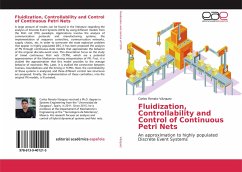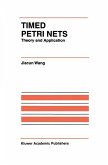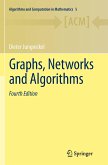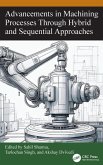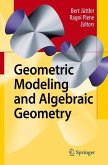Petri Nets were introduced and still successfully used to analyze and model discrete event systems especially in engineering and computer sciences such as in automatic control.
Recently this discrete Petri Nets formalism was successfully extended to continuous and hybrid systems. This monograph presents a well written and clearly organized introduction in the standard methods of Petri Nets with the aim to reach an accurate understanding of continuous and hybrid Petri Nets, while preserving the consistency of basic concepts throughout the book. The book is a monograph as well as a didactic tool which is easy to understand due to many simple solved examples and detailed figures. In its second completely reworked edition various sections, concepts and recently developed algorithms are added as well as additional examples/exercises.
Recently this discrete Petri Nets formalism was successfully extended to continuous and hybrid systems. This monograph presents a well written and clearly organized introduction in the standard methods of Petri Nets with the aim to reach an accurate understanding of continuous and hybrid Petri Nets, while preserving the consistency of basic concepts throughout the book. The book is a monograph as well as a didactic tool which is easy to understand due to many simple solved examples and detailed figures. In its second completely reworked edition various sections, concepts and recently developed algorithms are added as well as additional examples/exercises.
From the reviews of the first edition:
"The book represents an excellent guide for learning, teaching and developing researches in the field of Petri nets (PNs). ... the authors provide complex material, gradually structured, which ensures its efficient utilization at different levels of knowledge. Thus, the book is highly recommended to a large group of potential readers, from undergraduate students who want to become acquainted with the fundamental concepts, to PhD students and research fellows who are interested in the most recent progress of theory and applications." (Octavian Pastravanu, Zentralblatt MATH, Vol. 1074, 2005)
"The book represents an excellent guide for learning, teaching and developing researches in the field of Petri nets (PNs). ... the authors provide complex material, gradually structured, which ensures its efficient utilization at different levels of knowledge. Thus, the book is highly recommended to a large group of potential readers, from undergraduate students who want to become acquainted with the fundamental concepts, to PhD students and research fellows who are interested in the most recent progress of theory and applications." (Octavian Pastravanu, Zentralblatt MATH, Vol. 1074, 2005)

